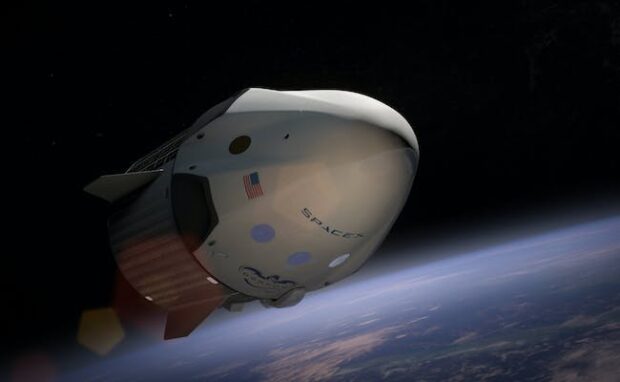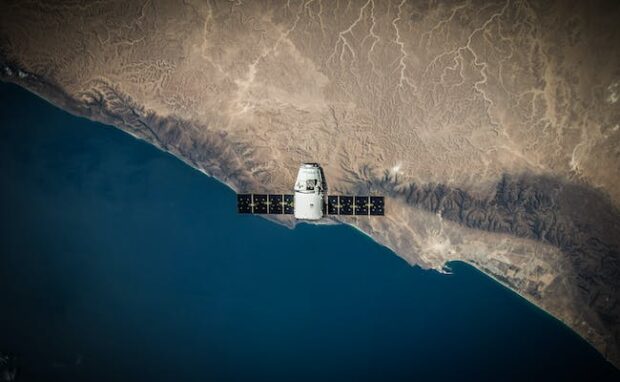Space debris model could help remove space junk
The Massachusetts Institute of Technology released the public beta version of its space debris analysis program. The MIT Orbital Capacity Assessment Tool (MOCAT) enables people to model future space environments. As a result, they could assess the effectiveness of space junk removal efforts.
Believe it or not, we have so much space junk obscuring Earth’s near-orbit surface. These include defunct satellites, rocket boosters, and other stuff left in space. Soon, it may obstruct future missions, so many scientists are finding ways to eliminate space debris. Fortunately, MIT released a new tool that can further that goal.
This article will discuss how MIT’s space debris model works. Later, I will explain the growing space junk problem and other ways we’re testing to solve it.
How does the space debris model work?

MOCAT enables users to model individual objects, diverse parameters, orbital characteristics, collision probabilities, and fragmentation scenarios. Monitoring these bits of information helps ensure the success and safety of orbital junk disposal.
Getting rid of space junk is more complicated than picking it up and putting it in a landfill. One of the most popular methods involves dragging them into Earth’s atmosphere to disintegrate safely.
You can’t head out into space and merely oversee operations. Instead, experts use computers to simulate how disposal efforts might turn out before launching missions.
The MIT Orbital Capacity Assessment Tool differs from similar programs because it lets scientists monitor individual objects and overall environments. Also, MIT News says it has main components.
First, MOCAT-MC evaluates space environment changes with individual trajectory simulation and Monte Carlo parameter analysis. As a result, it gives a detailed overview of the space environment and an in-depth analysis of individual debris.
Second, the MOCAT Source Sink Evolutionary Model uses a lower-fidelity modeling approach that can run on personal computers within seconds to minutes. “MOCAT represents a significant leap forward in orbital capacity assessment,” principal investigator Richard Linares said.
You may also like: Japan will launch wooden satellites into space
“By making it open-source and publicly available, we hope to engage the global community in advancing our understanding of satellite orbits and contributing to the sustainable use of space.”
NASA’s Office of Technology and Strategy and the Defense Advance Research Projects Agency (DARPA) supported MOCAT’s initial development. “We are thrilled to support this groundbreaking orbital debris modeling work and the new knowledge it created,” said NASA associate administrator Charity Weeden.
“This open-source modeling tool is a public good that will advance space sustainability, improve evidence-based policy analysis, and help all users of space make better decisions.” Everyone can access MOCAT-MC and MOCAT-SSEM on GitHub.
How are we solving the space junk problem?

Tokyo-based company Astroscale Japan will also start a space debris mission by launching its ADRAS-J satellite. It will collect data on space debris while Astroscale Japan develops a mechanical arm to move toward the Earth’s atmosphere.
Most objects burn in the atmosphere as they compress air and plummet at high velocities. Astroscale may send its ELSA-d satellites to perform the actual clearing operations.
In 2021, DW shared details regarding these satellites. It said the first is a 175 kg servicer satellite, and the latter is a client satellite weighing 17 kg. Here’s how it works:
- The servicer has “proximity rendezvous technologies and a magnetic docking mechanism” to remove defunct satellites and other large pieces of debris.
- Meanwhile, the client satellite has a ferromagnetic plate that docks onto a space object.
- Then, the servicer descends into the Earth with the client and its space garbage until they disintegrate in the atmosphere.
We must be careful when dropping objects onto the Earth. Otherwise, it may collide with operational satellites or be too large to disintegrate in our atmosphere completely.
Collision with other orbiting objects could set an unpredictable chain reaction that could damage other installations. Alternatively, it may trigger the Kessler Syndrome.
You may also like: NASA soon to fly first ‘mini helicopter’ on Mars
It is when space objects form into a larger aggregate, making it harder to eliminate. That is why the ASDRAS-J satellite’s mission is so important.
It gathers as much information as possible, like MiT’s space debris model. Consequently, another satellite can start clearing operations as soon as possible. Soon, Astroscale Japan might pioneer a new space junk clearing industry.
Nowadays, more countries send satellites to space for research, global positioning, and other services. They would need companies like Astroscale to ensure their satellites have a clear launch and orbital path.
Conclusion
MIT created an open-source space debris model that enables experts to monitor individual space objects and their environments. Soon, the program could guide future disposal efforts.
It is a beta release, so expect a few bugs and other problems. Try the program so that you can provide feedback and help guide further development.
Learn more about this space debris model on the MIT News website. Moreover, check the latest digital tips and trends at Inquirer Tech.